Search
Search Results
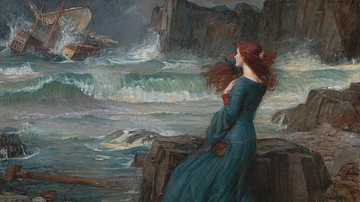
Definition
The Tempest - Shakespeare's Magical Tragicomedy
The Tempest is a play by William Shakespeare (c. 1564-1616), written in 1610 or 1611, and first performed for the court of James I of England (r. 1603-1625) on 2 November 1611. Believed to be the last play that Shakespeare wrote on his own...

Article
Interview: French Fashion during the German Occupation (1940-1944)
In 2024, France is celebrating the 80th anniversary of the Liberation (1944), and as part of a series of conferences organised by the Société archéologique et historique de Beaugency, Catherine Join-Dieterle, Doctor in History of Art and...
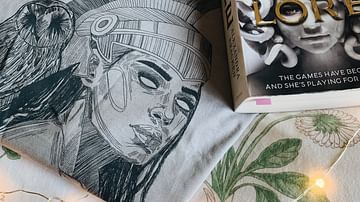
Article
Our Favourite Ancient History Shops
World History Encyclopedia’s main mission is to engage people with cultural heritage and to improve history education worldwide. We are achieving this through our definitions and articles, our videos and education resources, our audio articles...
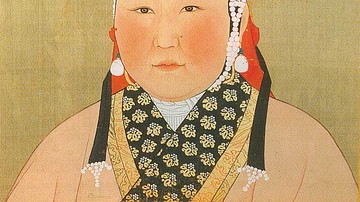
Article
Women in the Mongol Empire
Women in the Mongol Empire (1206-1368 CE) shared the daily chores and hardships of steppe life with men and were largely responsible for tending animals, setting up camps, childrearing, producing food and cooking it. Having rather more rights...

Article
Trade Goods of the East India Company
The English East India Company (EIC) was founded in 1600, and it came to control both trade and territories in India, as well as a trade monopoly with China. Goods the EIC traded included spices, cotton cloth, tea, and opium, all in such...
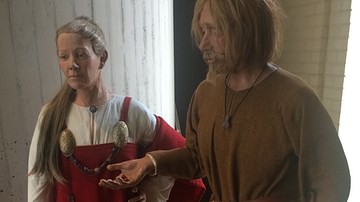
Article
Women in the Viking Age
Although women in the Viking Age (c. 790-1100 CE) lived in a male-dominated society, far from being powerless, they ran farms and households, were responsible for textile production, moved away from Scandinavia to help settle Viking territories...
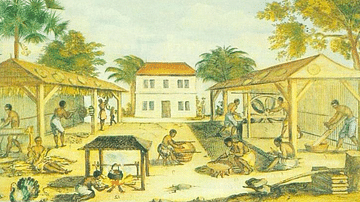
Article
African Slave Life in Colonial British America
African slave life in Colonial British America was far worse than slavery practiced in the Americas prior to the arrival of Europeans. The indigenous tribes took people as slaves in raids, enslaved those convicted of crimes, and traded slaves...
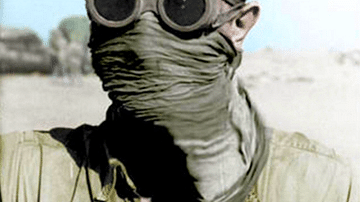
Article
Daily Life in the WWII Desert Campaigns
The desert campaigns in North Africa during the Second World War (1939-45) provided soldiers on all sides with a set of particular challenges. Scorching day temperatures, freezing night temperatures, sand and flies getting everywhere, the...

Definition
Silk Road
The Silk Road was a network of ancient trade routes, formally established during the Han Dynasty of China in 130 BCE, which linked the regions of the ancient world in commerce between 130 BCE-1453 CE. The Silk Road was not a single route...
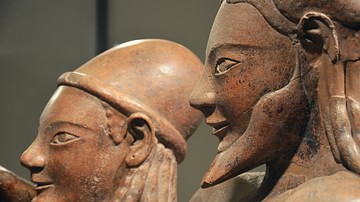
Definition
Etruscan Civilization
The Etruscan civilization flourished in central Italy between the 8th and 3rd century BCE. The culture was renowned in antiquity for its rich mineral resources and as a major Mediterranean trading power. Much of its culture and even history...